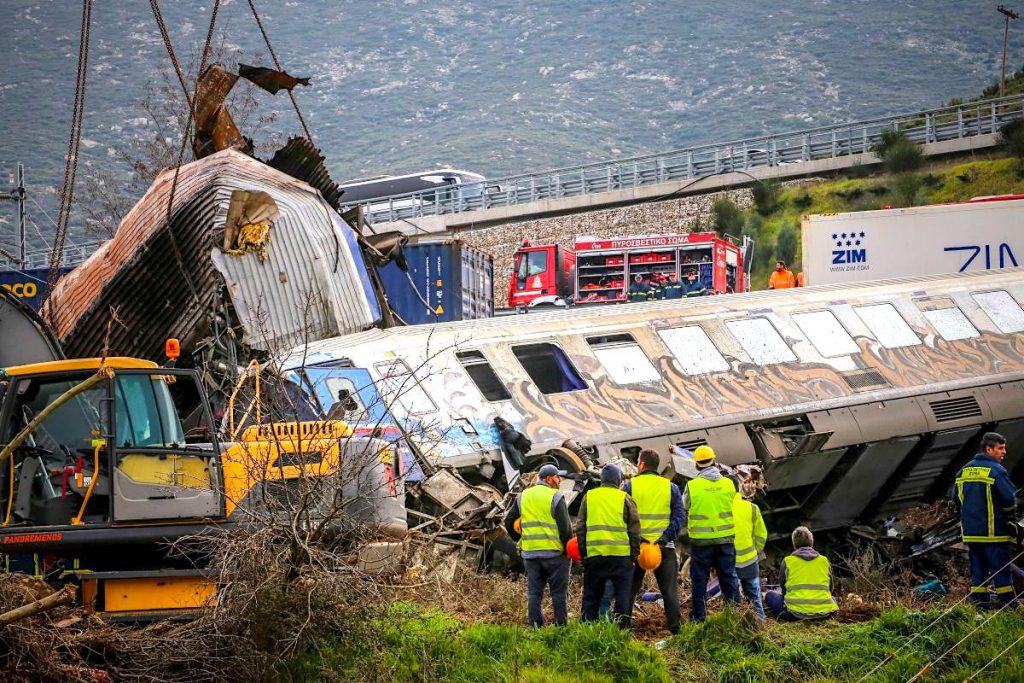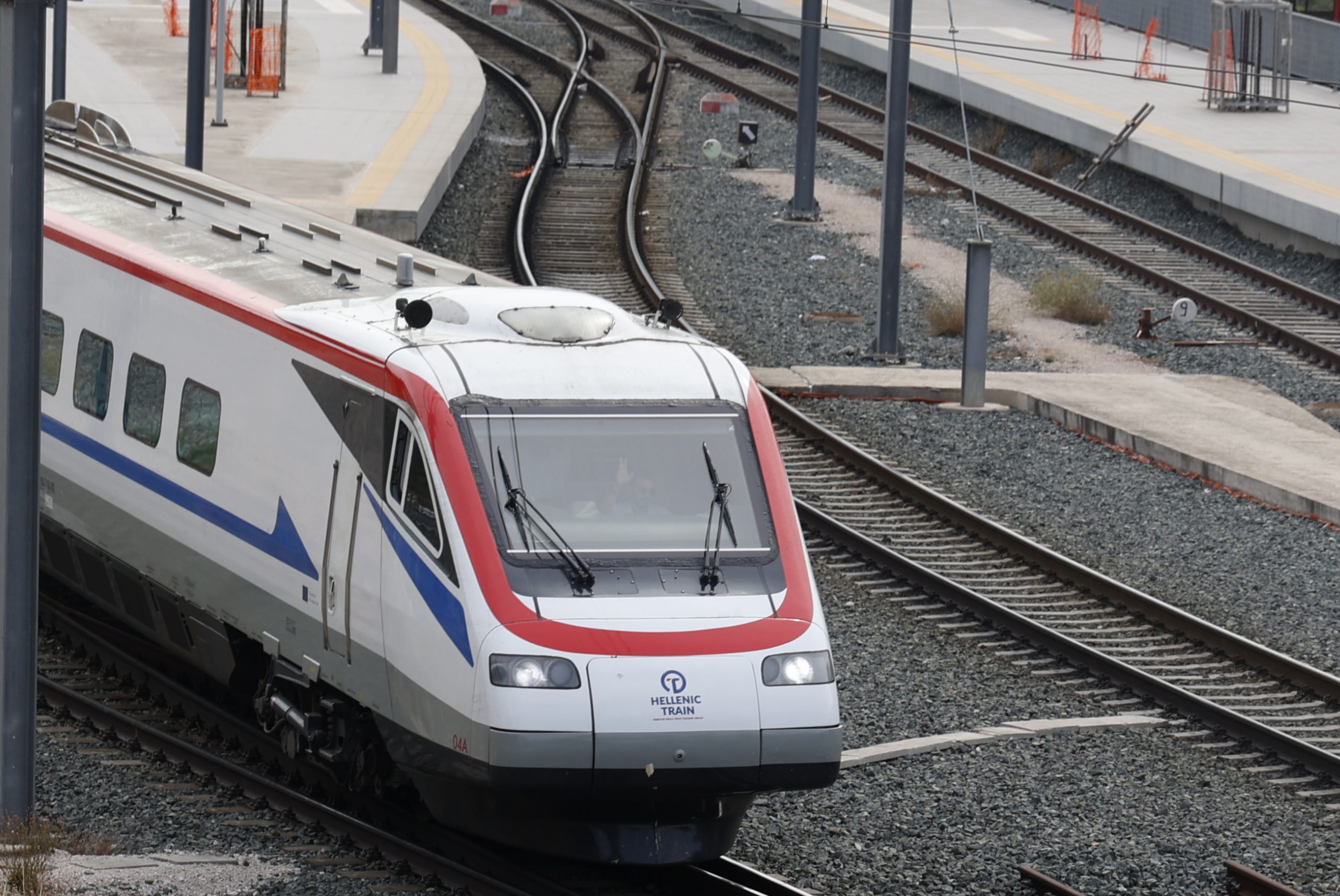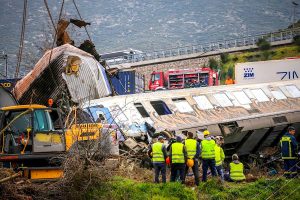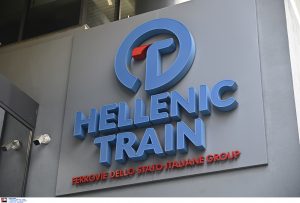On September 13, two passenger trains almost collided head-on near Aghii Anargyri station in northwest Athens, a tragedy narrowly avoided by train conductors communicating that they were on the same line, and stopping completely. A day later, on Sept. 14, another passenger train was stopped on the tracks, north of the Afidne station, after the windshield of the locomotive was smashed by a partially fallen tree trunk on the tracks. Yet another incident on Sept. 25 witnessed a fire breaking out on the Athens metro tracks between the Nerantziotissa and Irini stations, which led to the rolling stock being halted and the passengers evacuated.
These incidents raised even more questions about the rail safety and operation in Greece — all in the heavy and painful shadow of the February 2023 Tempi train collision, in which 57 people died, and which generated wide-spread criticism and protests.
The Tempi crash showcased egregious and long-standing gaps and mismanagement in the Greek railways system, which is paltry by European standards. Such shortcomings include poorly trained rail system staff, tracks in disrepair, lack of fail-safe systems – both electronic and manual – inoperable radio systems and years of underfunding. But the spotlight fell particularly on the fact that the traffic control and signaling systems, which are designed to prevent train collisions, were simply not installed or inoperable on large stretches of tracks, despite an EU-funded project to deliver such systems which was started in 2014.
Even after Tempi, reforms have lagged. In December 2023, an EU prosecutor charged 18 public officials in the country with subsidy fraud related to the improper execution of these contracts. The Greek government has not taken up the investigation.
Even today, several parts of the railroad system are still missing this critical traffic control and signaling system, which is required under European Union law. According to In.gr, the sections of suburban rail line from Kiato to Ano Liosia, from Renti to the Athens Railway Station, and from the latter to the Tris Gefyres (Three Bridges) station, have signaling systems that are either inoperable or nonexistent.
After the Aghii Anargyri incident, reports initially centered on a mistake by the station master at the Acharnes railway station. The state-run Hellenic Railway Organization (OSE) at the time promised to “further enhance the training of staff in order to prevent individual errors.” The train drivers’ union stated that individual responsibility had avoided the crash, and emphasized that the signaling system was not operable at the place where the incident happened.
Days later, the transport minister, Christos Staikouras, spoke in Parliament over the actions, as he claimed, taken to reform and modernize the railway sector and improve rail safety in Greece.
Beginning by saying, “I am not here to sugar-coat things. Nor am I here to claim that all the problems have been solved,” he detailed several projects on the rails. He stated the signaling system on the Athens to Thessaloniki line, on which the Tempi crash occurred, was upgraded and fully working for a brief period of time. But a portion of rail from Domokos to Larissa on which the systems had just been installed were then completely destroyed by the storm front “Daniel” in September 2023.
Even in sections where the remote signaling systems are installed, there are still often malfunctions, and In.gr reports that conductors have complained many times in recent years that light signals are broken.
Train safety in Greece and the problems of the country’s rail system have been known for years. Rail workers, conductors, and members of the signaling and safety committee had all complained about the situation of the rails. Calls were made for repairs, more staffing, and more funding.
In 2021, the OSE administration sent a letter to the ministry of transport and infrastructure arguing 135 million euros per year would be needed for proper operation. OSE’s budget in 2021 was a fraction of that– 50 million euros per year, and in 2022 it dropped even further to €45 million. As of July 2023, OSE’s annual funding was increased to 75 euros million. But the funding needs for maintenance expands beyond the agency’s day-to-day operation.
This summer the European Commission approved approximately €520 in funding for projects including upgrading rail lines, and installation of signaling systems. For the section between the central Athens station and Three Bridges, OSE is drawing up contracts to install the needed signaling system and seeking another €1.5 million in funding.
Last spring, Panagiotis Terezakis, the head of OSE, assured Reuters that his organization had made progress on the installation of safety systems, that Greece’s rail tracks were safe, but that more progress was needed.
Staikouras reported to parliament that plans have been made to hire and train more workers, that rail lines are under repair, that radio communication for tunnels was enhanced, and safety equipment was upgraded. But he estimated that a further €463 million was needed to implement repairs after the storm “Daniel”, and further maintenance was needed beyond that. He closed stating, “A continuous effort is needed to bring the Greek railways to the level we envision and that our citizens deserve.”







